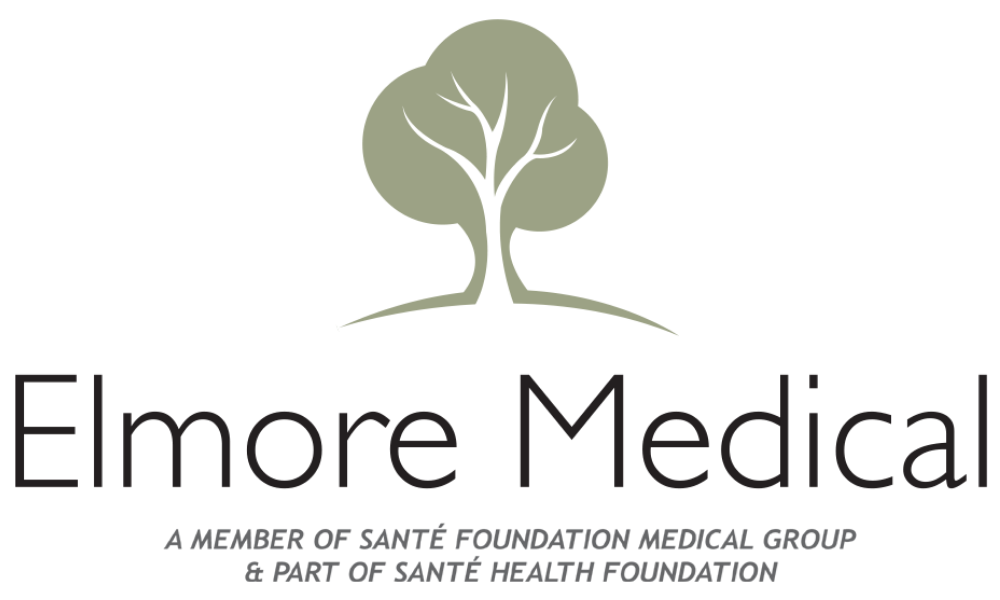Understanding Venous Reflux and Its Treatments
Venous reflux, also known as venous insufficiency, is a common condition that affects millions of people worldwide. While it may start as a mild inconvenience, untreated venous reflux can progress to more serious complications. This blog aims to explain what venous reflux is, the symptoms to look for, its causes, and the treatments available to help you manage or resolve the condition.
What Is Venous Reflux?
Venous reflux in the legs means that the flow of blood in the veins is going backwards towards the feet or the floor, instead of up towards the heart and lungs as it should. This happens when the valves in your veins, which are designed to keep blood flowing toward your heart, fail to function properly. Over time, the backwards flow causes pooling of blood in the legs and increases pressure inside the veins, leading to discomfort, pain, swelling, and visible varicose veins.
Common Symptoms of Venous Reflux
Recognizing the symptoms early can make a significant difference in managing the condition. Common symptoms of venous reflux include:
Swelling: Particularly in the lower legs and ankles.
Aching or heaviness: A persistent feeling of fatigue or discomfort in the legs.
Visible veins: Bulging or twisted veins, often blue or purple in color.
Skin changes: Discoloration, rashes, or ulcers in the lower legs or ankles.
Restless legs: A need to move your legs frequently, especially at night, to ease discomfort.
These symptoms can worsen after long periods of standing or sitting.
Who Is at Risk?
Venous reflux can affect anyone, but certain factors increase your risk:
Age: The likelihood of developing venous reflux rises with age.
Gender: Women are more prone to the condition, partly due to hormonal changes during pregnancy, menopause, or while taking hormonal medications.
Family history: Genetics can play a role, as vein issues often run in families.
Lifestyle factors: Prolonged sitting or standing, obesity, and lack of exercise can contribute to reflux in the veins.
Medical history: Conditions like deep vein thrombosis (DVT) or prior leg injuries can lead to venous insufficiency/reflux.
How Venous Reflux Is Diagnosed
A medical professional typically diagnoses venous reflux through a combination of:
Physical examination: Evaluating symptoms like swelling, discoloration, or visible veins.
Ultrasound imaging: A non-invasive test that uses sound waves to assess blood flow and check for valve dysfunction.
These steps ensure a thorough understanding of your condition and guide the development of an effective treatment plan.
Treatment Options for Venous Reflux
The good news is that venous reflux is treatable. The appropriate treatment will depend on the severity of the condition and your overall health. Below are the main approaches to managing and treating venous reflux.
1. Lifestyle Modifications
For mild cases, changes in lifestyle can alleviate symptoms and improve vein health:
Regular exercise: Walking or swimming helps promote circulation.
Weight management: Maintaining a healthy weight reduces pressure on your veins.
Elevating your legs: Raising your legs above heart level encourages blood flow back to the heart.
Compression stockings: These specially designed socks apply pressure to your legs, improving blood flow and reducing swelling.
2. Minimally Invasive Procedures
Modern medicine offers effective, minimally invasive treatments for vein reflux, including:
Endovenous laser treatment (EVLT): A laser fiber is inserted into the vein to seal it shut with thermal energy, ultimately redirecting blood to healthier veins.
Radiofrequency ablation (RFA): Similar to EVLT, this procedure uses radiofrequency energy to close the damaged vein.
Sclerotherapy: A chemical solution is injected into the vein, causing it to close and eventually be absorbed by the body.
Preventing Venous Reflux: What You Can Do
Prevention is often the best cure. Even if you are predisposed to vein disease, taking proactive measures can reduce your risk:
Stay active and avoid sitting or standing for extended periods.
Wear compression stockings if recommended by your doctor.
Maintain a healthy weight and balanced diet.
Stay hydrated to improve circulation.
Avoid high heels and tight clothing that restrict blood flow.
Small, consistent changes in your daily routine can help you protect your vein health in the long term.
When to Seek Professional Help
If you experience persistent symptoms like leg pain, swelling, or skin changes, it’s essential to consult a vein specialist. Early intervention not only prevents complications but also improves your quality of life by addressing discomfort and aesthetic concerns.
Living Well with Healthy Veins
Understanding venous reflux and the available treatments empowers you to take control of your health. Whether you’re managing early symptoms or exploring advanced treatment options, remember that venous reflux is a treatable condition. By partnering with a healthcare provider and making lifestyle adjustments, you can achieve lasting relief and enjoy a more active, comfortable life.
If you’re experiencing symptoms of venous reflux or want to learn more about the treatments available, schedule a consultation with our vein specialists today. Together, we can create a personalized plan to improve your vein health and overall well-being.
Elmore Medical Vein & Laser Treatment Center is the premier vein specialty medical practice in the Central Valley. Dr. Mario H. Gonzalez and his staff offer years of experience and medical expertise that you won’t find anywhere else. Contact us to set up a consultation appointment.

